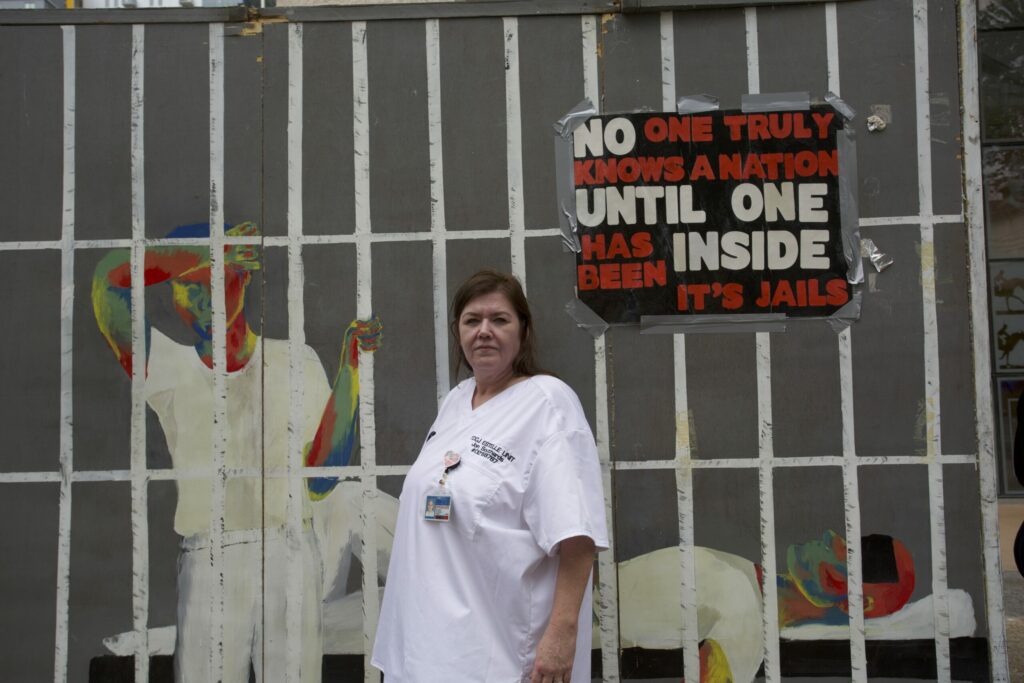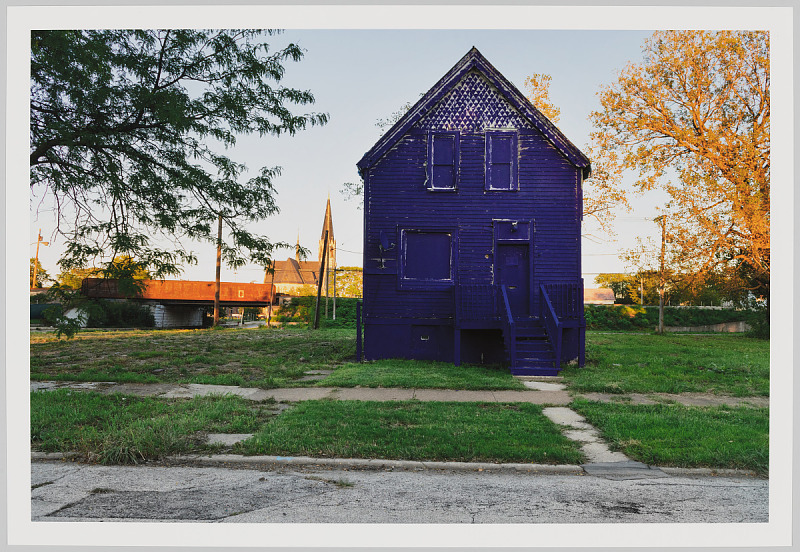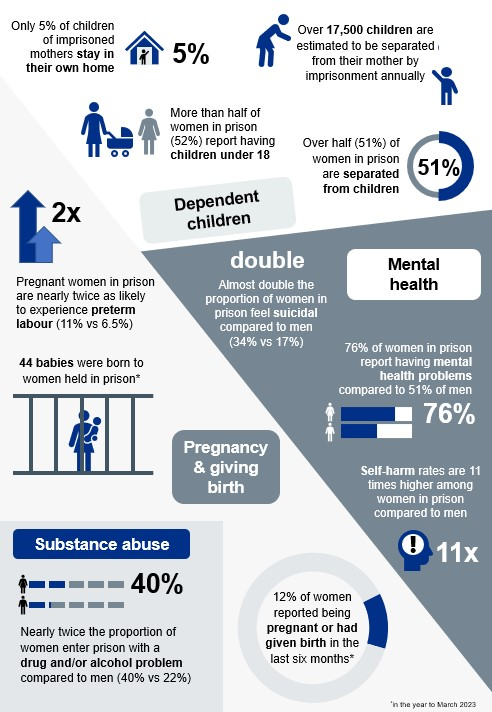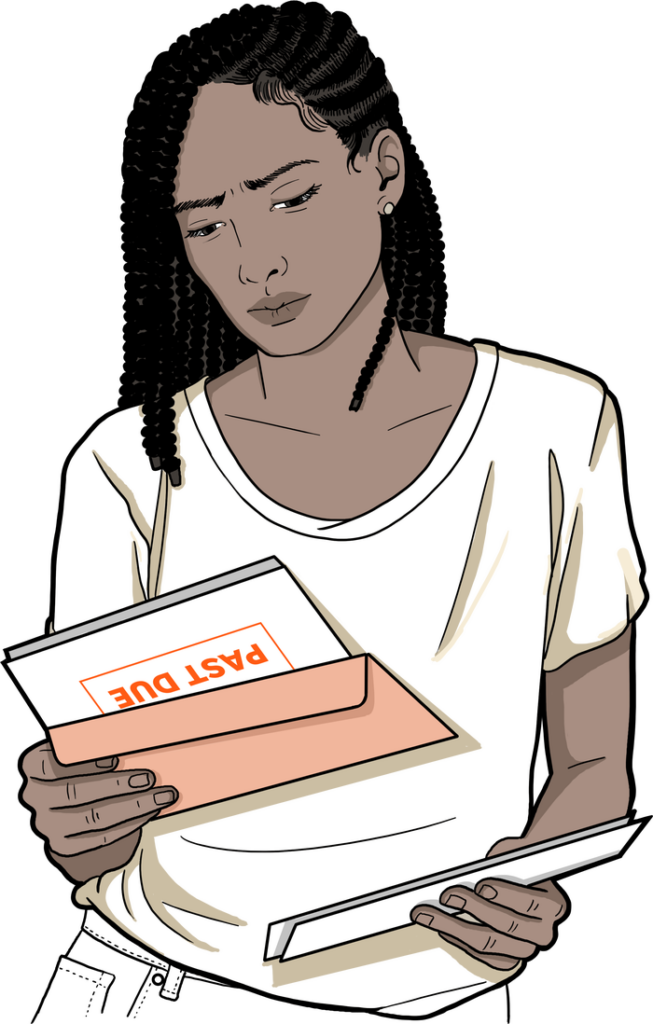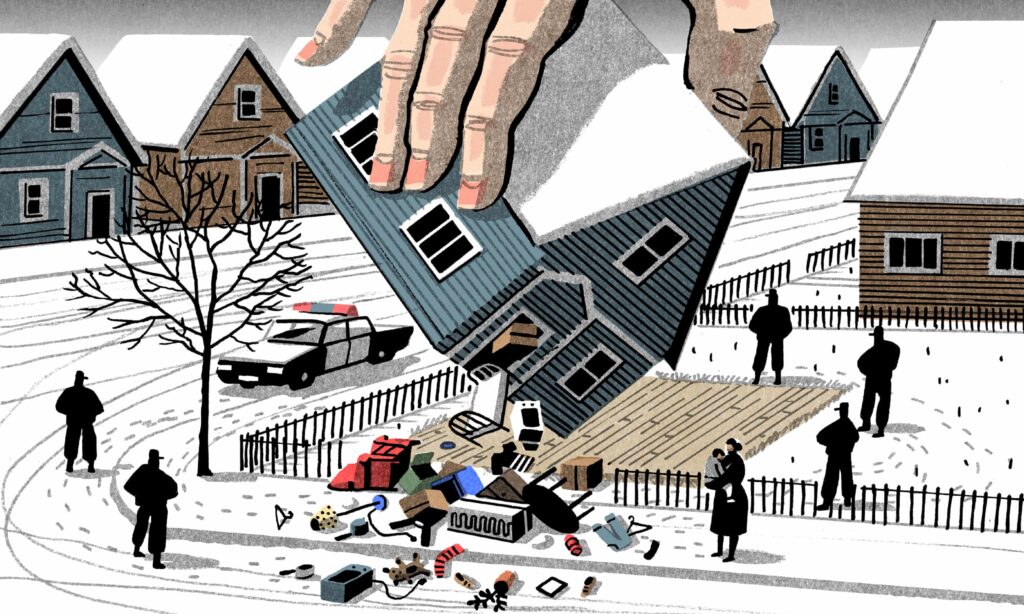
“But without the feudal lord, there would be no land from which we could harvest the grain!”
When is success a failure? When is a victory a loss? In eviction proceedings. Consider this: “Tenants in Massachusetts who struggle to find housing due to a prior eviction may now get the chance to have those records sealed. The Legislature’s newly passed housing bond bill includes a provision that would allow tenants to petition a court to seal their eviction record in cases such as a no-fault eviction, a dismissed case, or a case the tenant won. Currently, there is no eviction sealing in Massachusetts.” Consider this: “Dayton Municipal Court has launched a new process to seal eviction case records …. Tenants can now submit applications to the Dayton Municipal Court to have their eviction cases sealed. Renters can file an application 60 days after their cases were dismissed or after the court made a judgment in their favor.” People received an eviction notice, went to court, won or had the case dismissed, and the so-called Scarlet E of eviction still attaches to their names. People were evicted through no fault of their own, and the Scarlet E still attaches to their names. What’s the name for the system in which such abusive treatment is considered just, normal and acceptable? Feudalism.
While this situation has existed in the United States, and especially in the metropolitan areas, since the invention of the commodification of housing, in very recent years it has intensified and worsened considerably, thanks in large part to two phenomena: the entry of corporate investors and hedge funds into the rental real estate market and landlords’ increasing reliance on apps to determine a prospective tenant’s credit worthiness. Corporate investor and hedge fund landlords tend to file evictions much more readily than individual landlords, and most apps don’t distinguish between eviction filing and writs of eviction, or actual evictions. But then again, why would they, when the courts haven’t? Again, court records don’t distinguish between judgments against tenants and judgments for tenants. They’re all `evictions’.
Consider this, from a recent study of the collateral consequences of eviction court filings in Pennsylvania, “Eviction filings had far-reaching collateral costs for tenants and their families, often impacting their well-being and stability for years after the filing. Records stemming from eviction filings, even when tenants’ cases were resolved with a neutral or favorable outcome, negatively impacted the quality and trajectory of their lives …. Despite the court not formally evicting tenants, landlords still had the power to displace them. Though participants in this study did not receive eviction orders in court, the majority said they were forced to move after their eviction filing for reasons beyond their control …. Tenants with eviction records encountered punitive rental screening practices that prolonged housing instability and limited their housing options. 8 in 10 participants said that their eviction filing limited their future housing options. 65% of those who moved said a prospective landlord asked about their eviction record, and over half reported that a landlord explicitly denied their application because of their filing. Unsuccessful rental applications amounted to hundreds and, in some cases, thousands of dollars in excess costs to tenants.” Again, an eviction record is not a record of an eviction, it is a record of an eviction filing, irrespective of the outcome.
How does it make sense to turn renters’ success into failure, victory into loss, to brand ever more people with a Scarlet E that leaves them vulnerable to both super-exploitation and homelessness? Consider this, “In the history of primitive accumulation, all revolutions are epoch-making that act as levers for the capital class in course of formation; but, above all, those moments when great masses are suddenly and forcibly torn from their means of subsistence, and hurled as free and `unattached’ proletarians on the labour-market. The expropriation of the agricultural producer, of the peasant, from the soil, is the basis of the whole process.” That’s Karl Marx, in “Primitive Accumulation”, the final section of Capital, Volume One. The surge in eviction filings is no surprise nor is it merely a function of the dislocations of the pandemic nor of the earlier housing crisis. It’s part of the production of the new proletariat, a new proletariat that is disproportionately Black and Latina women. When corporate investors and hedge funds entered into the rental real estate market, what happened, pretty much overnight? Mass expropriation, dislocation, removal and criminalization. Today as it was hundreds of years ago, it’s the basis of the whole process. Workers of the world, unite! You have nothing to lose but your records.
(By Dan Moshenberg)
(Image Credit: Medium)




